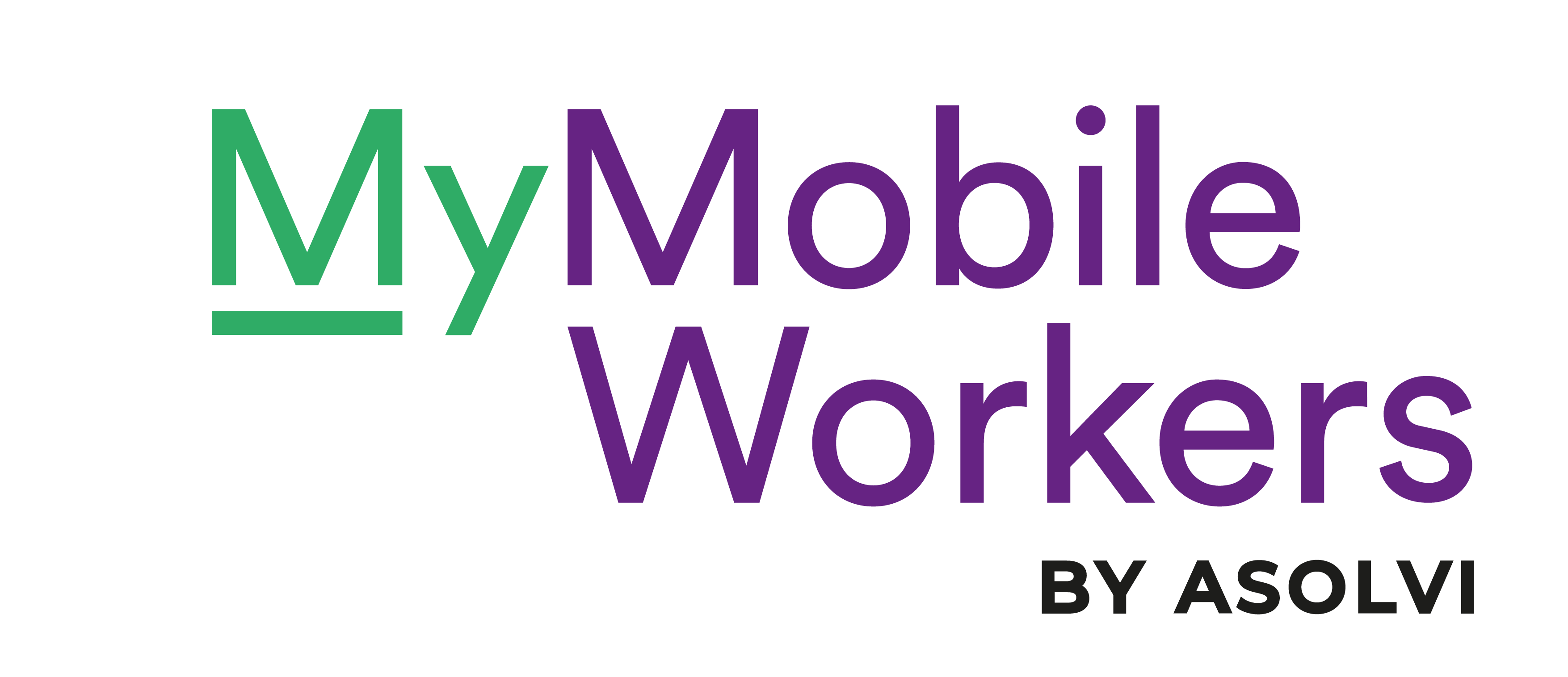Technology has transformed mobile workforce management.
It’s opened up a new world of possibilities as we replace our old paper-based methods with digital automation, real-time tracking and cloud stored data.
And when you look at some of today’s emerging technologies, it’s obvious that we’ve only just scratched the surface of what’s possible.

What is the future of mobile workforce management?
- Growing use of Internet of Things
- Semi-automated work vehicles
- Real-time remote video streams
- Flexible workforce with minimum infrastructure
- Increased value of people skills
Growing use of Internet of Things
It won’t be long until a mobile workforce manager will not only be able to keep track of where each worker is - they’ll be able to monitor just about every aspect of their operation.
As RFID tags are integrated into more items, we will be able to track the real-time location and status of everything from vehicles and packages to machinery and components.
With each element of a mobile operation connected, they can also start to communicate with each other. It creates the potential for much smarter AI powered management systems - improving safety and productivity.
Semi-automated work vehicles
Some of the recent predictions about when fully automated vehicles will start hitting our roads are now seeming overly optimistic. While the technology continues to improve, there’s a whole raft of legal and legislative challenges which show little sign of being solved.
A more realistic expectation is that mobile work vehicles will increasingly feature semi-autonomous features. Specific tasks, such as motorway driving and parking, may be automated but always as an option - similar to the way airlines are piloted.
From a management perspective, a more important advance is likely to be improved safety and hazard detection with sensors monitoring for traffic dangers and levels of driver fatigue.
Real-time remote video streams
A remote worker needs advice - they could be uncertain about the correct placement of signage or be facing a particularly tricky maintenance task. So they send an alert to their manager, who’s able to instantly view whatever the workers is seeing.
Real-time video will be provided via a chest or head-mounted camera, allowing a manager to access a live stream of footage from a remote location. It allows them to quickly assess a situation and provide informed advice.
This ability to see through the eyes of a remote worker will provide managers with a much more effective way to share knowledge and experience with their teams.
Flexible workforce with minimal infrastructure
The need for mobile work operations to have offices, depots and assorted buildings will reduce as flexible work becomes the norm. Cloud-based software and the ability to communicate in real-time will allow companies to operate with minimal physical infrastructure.
A more agile approach to employment will see workforces formed from a mosaic of different work types - full-time, part-time, freelancers, contractors and outsourced services.
Access to smarter forms of AI scheduling and accurate tracking of mobile worker movement, status and performance will allow managers to maintain control of this type of hybrid workforce.
Read more on the employee benefits of mobile workforce management software.
Increased value of people skills
As more manual and repetitive tasks are automated, more weight will be placed on the human qualities that mobile workers provide, things that set them apart from technology. In particular, an ability to interact well with customers and clients.
For managers, as more planning and scheduling tasks are handled by AI, people skills will rise in important - the ability to motivate and inspire employees.
This growing emphasis on human attributes could match the skill-sets of an increasingly aged workforce - it is estimated that 25 percent of the European Union population will be 65+ by 2030.


